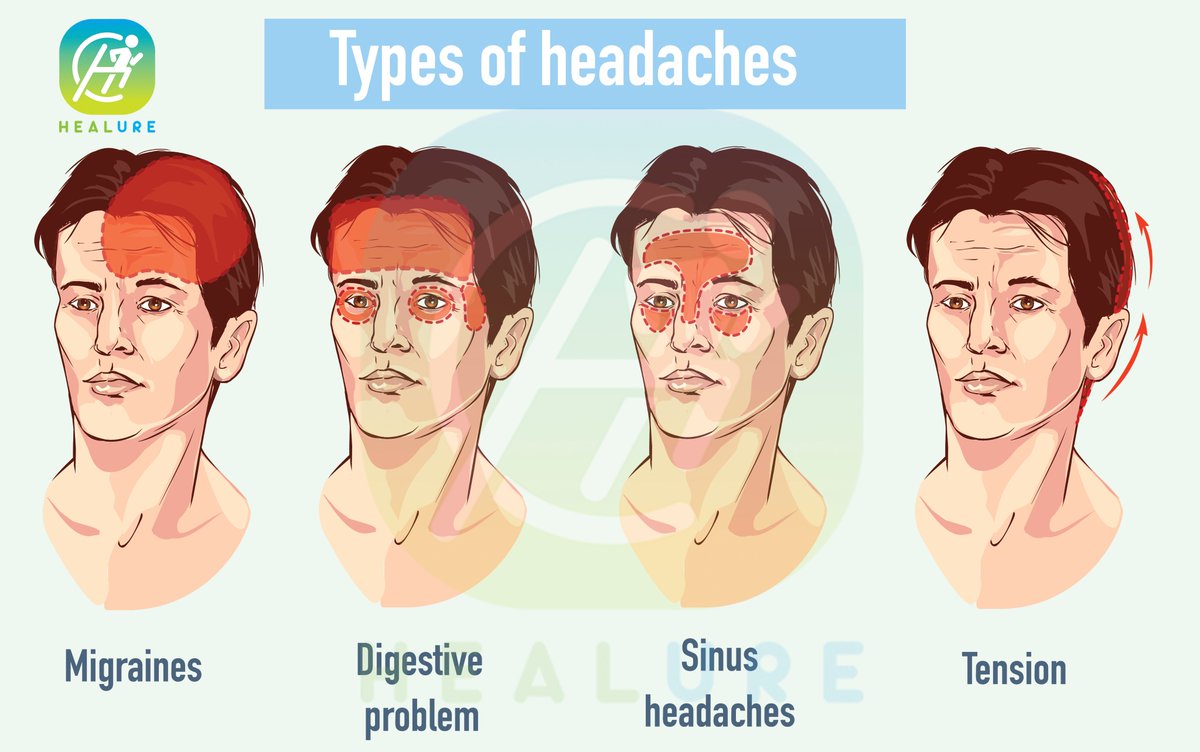

It is suggested that a mix of several different genes may decide whether or not a person will develop migraine, and a great deal of research is going on to try to identify which genes these are. Migraine is common in immediate blood relatives (parents, children, brothers and sisters). Migraines tend to run in families, but this does not mean that everyone in the family will get them.

We do not know the exact cause of migraine however researchers believe that the answer lies in genetics. It is common for people to feel tired for up to two or three days after a migraine. People might also experience stomach aches and diarrhoea. This can occur before, during or after the migraine attack. Other symptoms of migraine might include poor concentration, feeling hot or cold, perspiration (sweating), and an increased need to pass urine. The throbbing headache is often made worse by the person moving. The main symptoms of migraine are an intense, throbbing or pounding headache often affecting the front or one side of the head, nausea (feeling sick) and sometimes vomiting (being sick), and an increased sensitivity to light smells and sound. Other aura symptoms include tingling sensations (pins and needles) and numbness in the face, lips and tongue, or in the arms and legs speech problems such as slurred speech dizziness a stiff neck and, very rarely, loss of consciousness. The main symptoms of an aura are visual problems such as blurred vision (difficulty focussing), blind spots, flashes of light, loss of half of the field of vision (hemianopia) or a zigzag pattern moving from the central field of vision towards the edge. Whilst most auras happen before the migraine, they can occur during or even after the headache stage.Īura is the name given to part of the migraine made up of a range of temporary neurological symptoms. Migraine auraĪround a third of people who experience migraines experience an aura before their attack. There are two main types of migraine: migraine without aura (sometimes called common migraine) and migraine with aura (sometimes called classical migraine). Repeated migraines can have a negative impact on family life, social life and employment. A World Health Organisation study identified migraine as the sixth highest cause worldwide of ‘years lost due to disability’ (which could also be understood as the number of years spent in less than ideal health). If you experience headaches on 15 days or more each month, and eight of these headaches are migraines, this is known as chronic migraine.Īlthough migraines are not life-threatening and do not shorten people’s life expectancies, they can significantly damage the quality of people’s lives. Others might only experience attacks every few years. Some people experience migraines several times a week. Migraines commonly last between four hours and three days. A migraine is an intense headache that may be accompanied by other symptoms such as nausea (feeling sick), vomiting (being sick), visual problems and an increased sensitivity to light or sound.
#HEADACHE IN FRONT OF HEAD OFFLINE#
You can download this fact sheet to view offline or print by clicking the link below.Ī migraine is not simply a bad headache. Our Helpline team are also here to answer your questions and provide practical and emotional support. Each person is affected differently by migraines and you should speak with your GP for individual advice. Sources of further support and more detailed information are listed in the Useful contacts section. Our fact sheets are designed as general introductions to each subject and are intended to be concise. This fact sheet provides information on migraines.


 0 kommentar(er)
0 kommentar(er)
